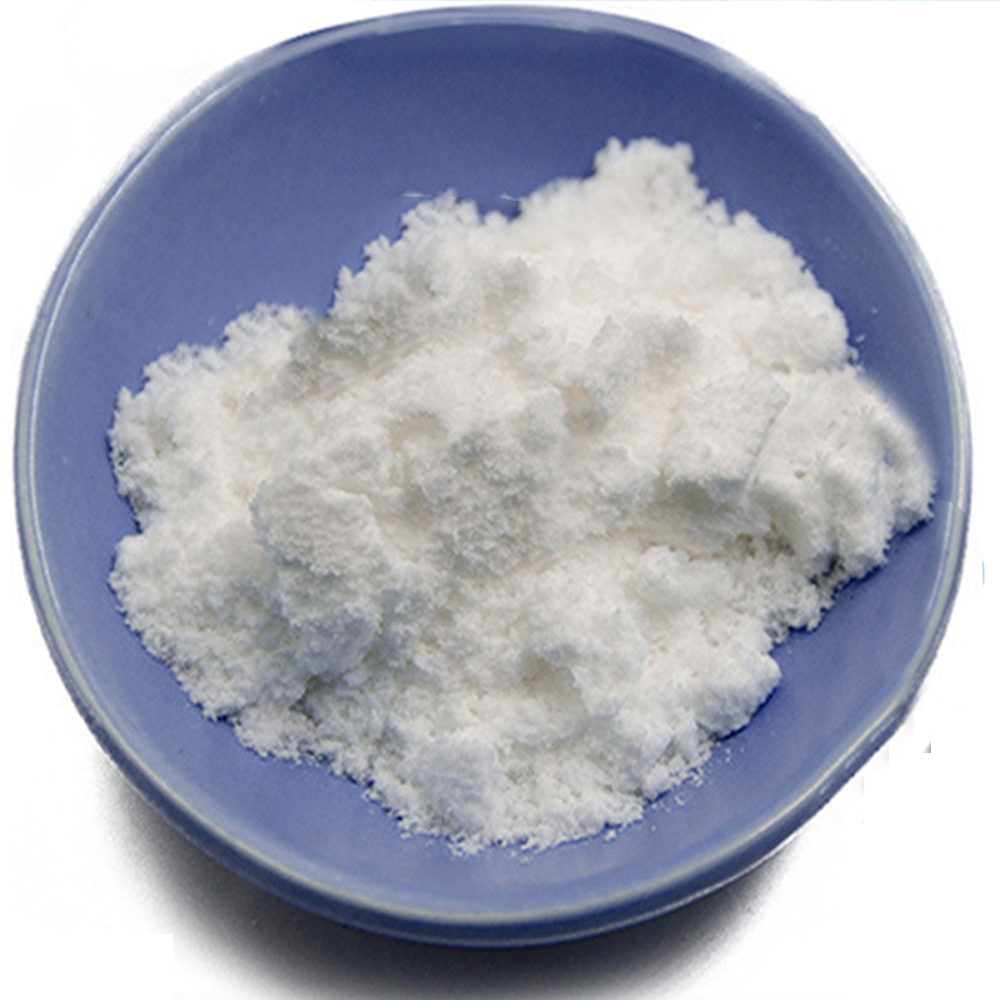



Barium Carbonate Production Techniques and Methods Overview in Industrial Settings
Barium Carbonate Manufacturing Process
Barium carbonate (BaCO₃) is a white crystalline compound primarily used in various industries, including ceramics, glass, and electronics. Its properties make it suitable for applications such as a flux in ceramics, a precursor for other barium compounds, and as a component in the production of certain types of glass. Understanding the manufacturing process of barium carbonate is crucial for enhancing production efficiency and ensuring product quality.
The manufacturing process of barium carbonate typically involves several key steps raw material sourcing, chemical reaction, filtration and washing, drying, and packaging. Each step plays a significant role in determining the quality and purity of the final product.
1. Raw Material Sourcing The primary raw materials for the production of barium carbonate are barium sulfate (BaSO₄) and soda ash (sodium carbonate, Na₂CO₃). Barium sulfate is often mined from natural deposits, whereas soda ash can be produced synthetically or obtained from natural mineral sources. The choice of high-purity raw materials is essential, as impurities can adversely affect the properties of the final barium carbonate.
2. Chemical Reaction The core of the manufacturing process involves a chemical reaction between barium sulfate and soda ash. This reaction typically takes place in a high-temperature furnace. The process can be represented by the following chemical equation
\[ \text{BaSO}_4 + \text{Na}_2\text{CO}_3 \rightarrow \text{BaCO}_3 + \text{Na}_2\text{SO}_4 \]
barium carbonate manufacturing process

In this reaction, barium sulfate reacts with soda ash to produce barium carbonate and sodium sulfate. Upon heating, the barium sulfate is converted, releasing sulfur dioxide, and resulting in the formation of barium carbonate, which is an insoluble compound at room temperature.
3. Filtration and Washing Once the reaction is complete, the barium carbonate precipitate is filtered out from the reaction mixture. This step is crucial to separate the solid barium carbonate from any remaining liquid phases that may contain impurities. The filtered barium carbonate is then subjected to washing, often using distilled water, to remove residual sodium sulfate and other soluble impurities. This step is vital to ensure that the final product maintains a high level of purity.
4. Drying After washing, the barium carbonate precipitate is still damp and requires drying. This can be achieved using a rotary dryer or a fluidized bed dryer. Proper drying conditions must be monitored to avoid decomposition of barium carbonate or alteration of its crystalline structure, which can affect its performance in end-use applications. The ideal drying temperature and duration depend on the specific characteristics of the barium carbonate being produced.
5. Packaging Once dried, the barium carbonate is cooled and ground to achieve the desired particle size. It is then packaged in moisture-proof bags or containers to prevent contamination and ensure product stability during storage and transportation. Proper labeling and safety data sheets are provided, emphasizing the importance of handling this compound with care, as barium compounds can be hazardous if ingested or inhaled.
Conclusion The manufacturing process of barium carbonate is a meticulous routine that requires careful control and monitoring of each stage to ensure high purity and suitable properties for its intended applications. By sourcing quality raw materials, optimizing reaction parameters, conducting thorough washing, and ensuring proper drying and packaging, manufacturers can produce barium carbonate that meets industry standards and customer expectations. As industries continue to evolve, advancements in the manufacturing process may lead to even more efficient and sustainable production techniques, benefiting a range of applications.
-
Why Sodium Persulfate Is Everywhere NowNewsJul.07,2025
-
Why Polyacrylamide Is in High DemandNewsJul.07,2025
-
Understanding Paint Chemicals and Their ApplicationsNewsJul.07,2025
-
Smart Use Of Mining ChemicalsNewsJul.07,2025
-
Practical Uses of Potassium MonopersulfateNewsJul.07,2025
-
Agrochemicals In Real FarmingNewsJul.07,2025
-
Sodium Chlorite Hot UsesNewsJul.01,2025










